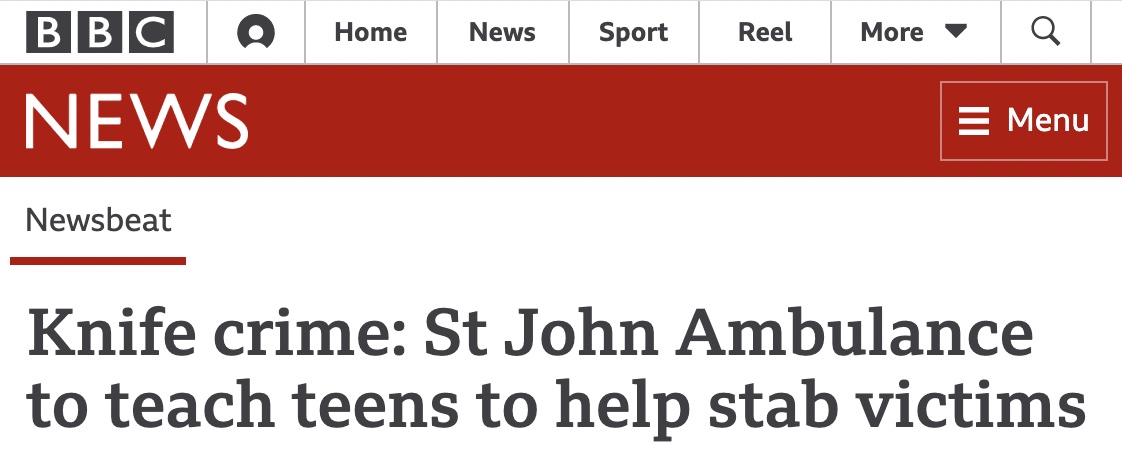Germanic runes on a pre-Cyrillic Slavic bone stir a debate
Article in Sunday's NYT:
"A Scratched Hint of Ancient Ties Stirs National Furies in Europe"
"Czech archaeologists say marks found on a cattle bone are sixth-century Germanic runes, in a Slavic settlement. The find has provoked an academic and nationalist brawl." Andrew Higgins (5/16/21)
The opening paragraphs lay out very clearly the reasons why the find is of such exceptional significance:
LANY, Czech Republic — In a region long fought over by rival ethnic and linguistic groups, archaeologists in the Czech Republic have discovered something unusual in these turbulent parts: evidence that peoples locked in hostility for much of the modern era got along in centuries past.
A few yards from a Czech Army pillbox built as a defense against Nazi Germany, the archaeologists discovered a cattle bone that they say bears inscriptions dating from the sixth century that suggest that different peoples speaking different languages mingled and exchanged ideas at that time.
…
The bone fragment, identified by DNA analysis and carbon dating as coming from the rib of a cow that lived around 1,400 years ago, was found in a Slavic settlement in 2017, said Jiri Machacek, the head of the archaeology department at Masaryk University in the Czech city of Brno. But in what is considered a major finding, a team of scholars led by Dr. Machacek recently concluded that the bone bears sixth-century runes, a system of writing developed by early Germans.
Read the rest of this entry »





